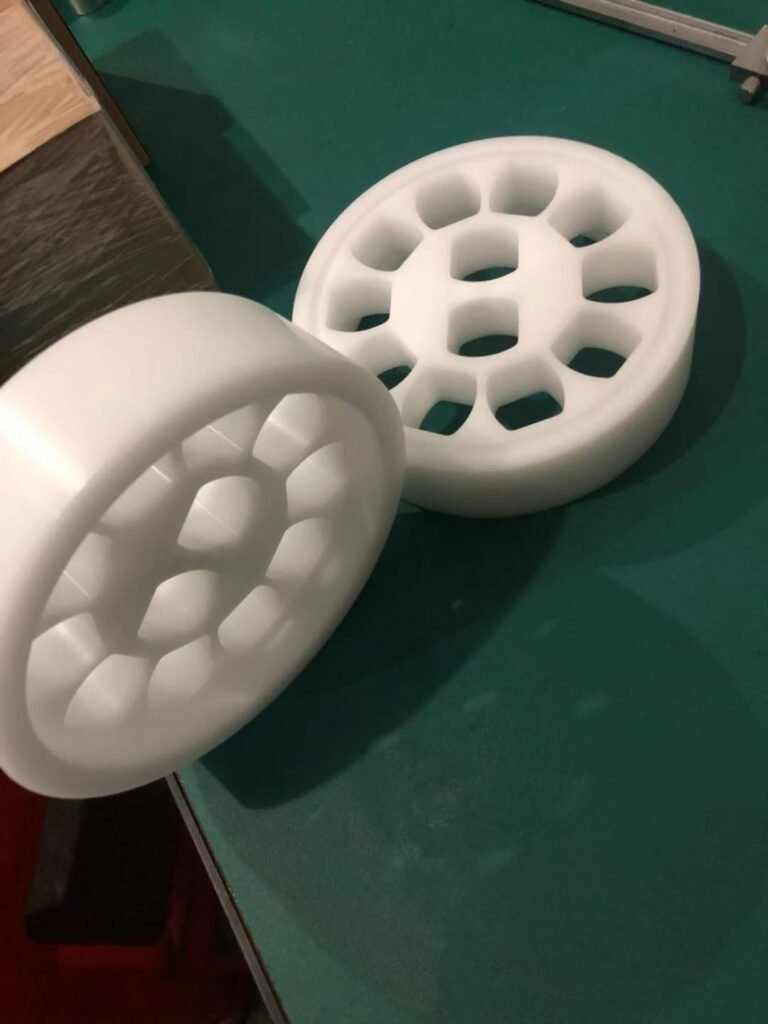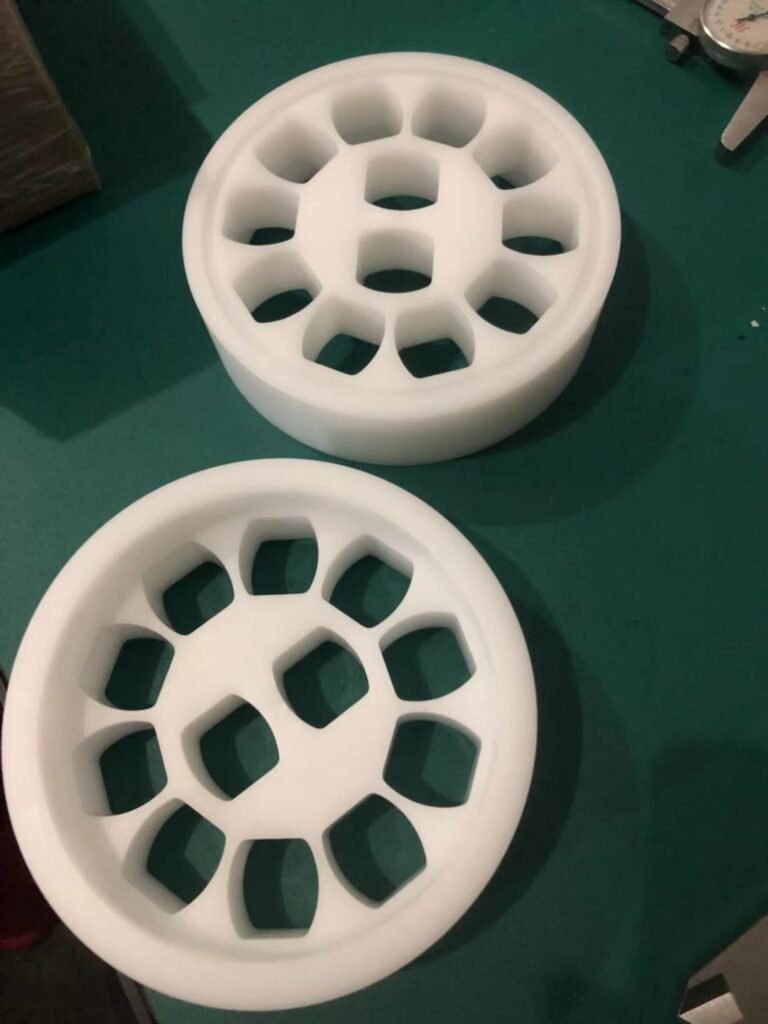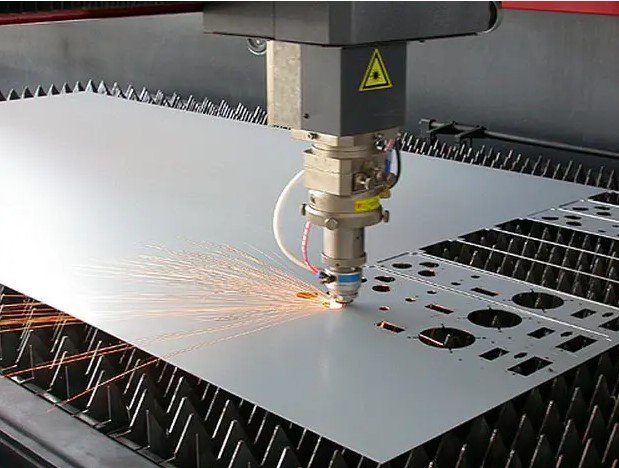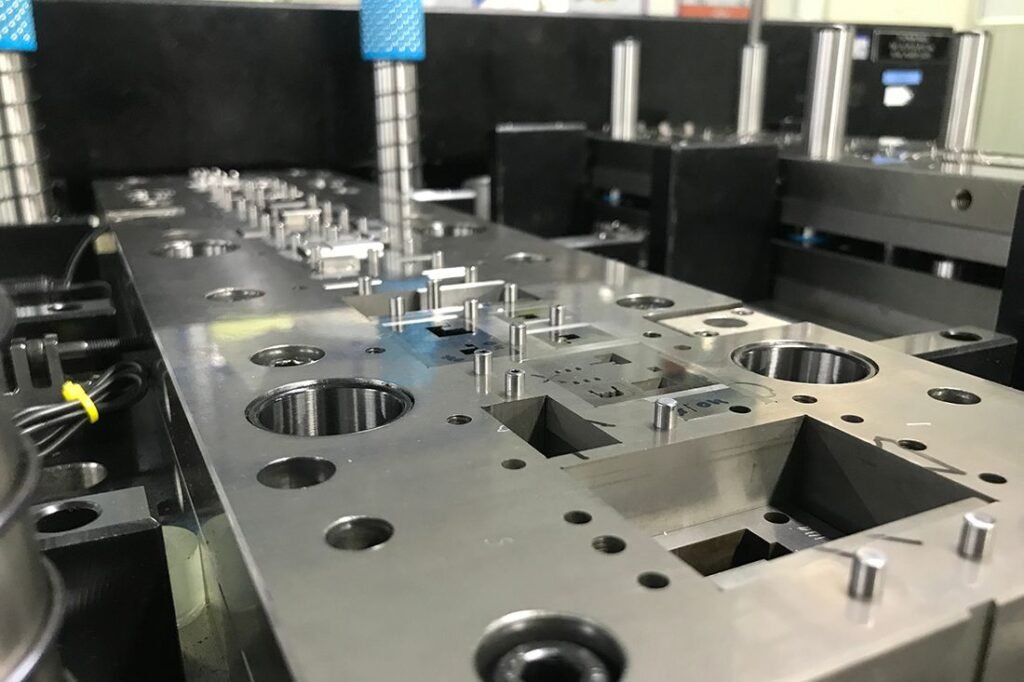Low-volume manufacturing is an essential tool for businesses that need to produce customized products in small batches. With the right process, companies can create high-precision parts and components quickly and cost-effectively. By finding a reliable low-volume manufacturing provider, businesses can ensure that their projects are handled with care and accuracy.
What is Low Volume Manufacturing and Its Benefits
Low Volume Manufacturing (LVM) is the process of producing and assembling components or products in limited quantities. It allows manufacturers to create smaller batches of items without incurring large setup costs associated with high-volume production runs. This cost savings makes LVM an ideal solution for businesses that need a small number of parts or products, such as prototypes, custom products, or limited runs for niche markets.


The key benefits of LVM include:
– Cost efficiency – Lower setup costs and less waste make it more cost effective to produce small batches of parts or products.
– Flexibility – Manufacturing processes can be tailored to create specialized products without large upfront investments.
– Quick turnaround – With fewer parts and components to assemble, manufacturers can produce products faster than with high-volume production.
– Quality control – Low-volume manufacturing gives businesses more control over each step of the process and helps ensure higher product quality.
– Variety – LVM offers a wide range of customization options that allow manufacturers to create unique products.
In addition, professional LVM services can help businesses mitigate risk by providing testing, prototyping, and product development support. This can help ensure that products meet customer expectations and are of the highest quality.
Overall, low-volume manufacturing is a great solution for businesses that require lower quantities of parts without sacrificing quality or incurring exorbitant costs. By utilizing the benefits of LVM, companies can produce highly specialized products with greater efficiency and at a lower cost.
Applications of Low-Volume Manufacturing
Low-volume manufacturing can be applied to a wide range of industries and projects, including:
– Prototyping – Designers and engineers use prototyping to test the fit, form, and function of products before they enter production. Low-volume manufacturing allows them to produce multiple iterations quickly and cost effectively.
– Custom products – Custom products can be produced in limited quantities without going through mass production processes.
– Medical devices and implants – Low-volume manufacturing is often used to produce medical devices and implants because of its exceptional attention to detail and quality control.
– Automotive parts – LVM makes it possible to produce small batches of automotive parts and components with greater efficiency.
– Aerospace components – Low-volume manufacturing is becoming increasingly popular for producing aerospace components due to its cost effectiveness, speed, and quality control.
– Food and beverage products – LVM allows businesses to produce custom food and beverage products in small batches without sacrificing quality or incurring large setup costs.
– Electronics – Low-volume manufacturing is ideal for producing electronic components with specialized designs and high-precision tolerances.
– Precision Instruments – LVM is often used to produce precision instruments and tools, such as surgical instruments, optical components, and laboratory equipment.
– Scientific Equipment – Low-volume manufacturing is often used to produce scientific equipment and devices due to its efficient production process and cost-effectiveness.
By leveraging the cost efficiencies, speed, and quality control of low-volume manufacturing, businesses can produce specialized products in limited quantities without sacrificing quality or incurring exorbitant costs.
In addition, professional LVM services can help businesses mitigate risk by providing testing, prototyping, and product development support. This can help ensure that products meet customer expectations and are of the highest quality.
Overall, Low-volume manufacturing is best suited for products that require a small number of parts and components, such as prototypes or custom products. With LVM, businesses can unlock the potential of their products and quickly bring them to market with greater efficiency and at a lower cost.
Different Types of Low-volume Manufacturing Processes
Low volume manufacturing processes vary depending on the item being produced and the desired outcome of production. Some common LVM processes include injection molding, 3D printing, CNC machining and sheet metal fabrication.
Injection molding is the process of injecting molten plastic into a die or mold to create a desired shape or form. This type of manufacturing is suitable for the mass production of items such as toys, electronics, and automotive components. But in low-volume manufacturing, prototyping plastic mold can be used to create small quantities, then we can use aluminum material instead of hardened steel to make a fast mold to save time and cost. at Shanghai Elue, we can work on both rapid tooling as well as steel mold to run production for years.
3D printing is a process that uses computer-aided design (CAD) software to create 3D objects from a variety of materials. This process is typically used for prototyping and small-batch production of items such as medical implants, consumer products and aerospace components.
CNC machining is a computer numerical control (CNC) process that uses specialized tools to shape metal, plastic, or other materials. Low-volume CNC machining can be used to create prototypes of metal parts and plastic components, such as engine blocks, gears, and molds, which are then used to determine whether the design will work in the real world.
Finally, sheet metal fabrication is a type of manufacturing that involves using sheet metal to create different types of products. This process can be used to create a wide variety of things such as refrigerators, water heaters, appliances, and even airplane parts.
There are different types of fabrication from sheet metal, like laser cutting, bending, welding, stamping, and punching, and they can be done with a variety of materials. The most common type is steel. Steel is a hard and strong material that can be used to make a wide variety of products. Other materials that can be used to create sheet metal products include aluminum, brass, copper, and stainless steel.
– laser cutting is a process that uses highly focused beams of light to cut intricate patterns into metal or plastic pieces. This type of manufacturing is ideal for creating complex shapes and detailed designs for items such as medical devices, precision instruments and electronics.

– stamping is a process that uses specialized tools to shape different types of materials into desired shapes and sizes. This type of manufacturing is often used to mass-produce items such as coins, electronics parts, and vehicle components.

– bending is a process that involves using a device called a press brake to bend sheet metal into specific angles and curves. This type of manufacturing is often used to create items such as automobile body panels and aircraft wings.
– welding is a process that uses high heat to melt two pieces of metal together, forming a strong bond between them. This type of manufacturing is often used to produce items such as pipes, automotive parts, and infrastructure components.
– punching is a process that uses specially designed tools to cut holes or slots in sheet metal. This type of manufacturing is often used to create items such as machine components, electronics parts, and automotive components.
Overall, low-volume manufacturing processes offer businesses a variety of options for producing customized products in small batches. By utilizing the right process, companies can improve efficiency while still keeping costs low.
No matter what your product design needs, low-volume manufacturing processes can be tailored to meet them. Whether you’re looking for high-precision parts or short-run production, Shanghai Elue can help. With our comprehensive range of services, advanced technology, and experienced engineers, we can provide you with the best solution for your manufacturing needs.
How to Get Started with Low-Volume Manufacturing
Getting started with low-volume manufacturing is easy. Here are a few steps to get you started:
1. Identify the type of product you need manufactured and find the right process for it
2. Choose the right material for your product based on its intended use
3. Find a reliable low-volume manufacturing provider that offers the services you need
4. Develop a detailed design for your product, including measurements and specifications
5. Create a prototype of your product to ensure it meets all your requirements
6. Submit your project to the low-volume manufacturing provider you’ve chosen
7. Receive feedback from the provider and make any necessary adjustments
8. Place your order and have the product manufactured according to your specifications
9. Receive the finished product and start using it for its intended purpose
These simple steps will help you get started with low-volume manufacturing and create the products you need. With the right provider, you can rest assured that your project will be handled with care and precision.
Case Studies of successful businesses that use low volume manufacturing
One great example of a successful business that uses low-volume manufacturing is Oakley Design. This design firm specializes in creating high-end custom sports cars and parts for these vehicles. They use laser cutting, stamping, bending, welding, and punching to create parts that meet their exact specifications.
Another successful business that uses low-volume manufacturing is Ground Effects Ltd. This company specializes in creating custom automotive body parts and components. It utilizes processes like stamping, bending, and welding to create customized products for its clients.
These two businesses demonstrate how low-volume manufacturing can be used to create high-end custom products that are tailored to meet the needs of the customer.
Conclusion
With the right provider, businesses can create customized products that meet their exact specifications and are delivered on time. In conclusion, low-volume manufacturing is a valuable tool for businesses of all sizes that need to produce customized products in small batches.
At Shanghai Elue, we know that low-volume manufacturing is an important part of product development for businesses. We are dedicated to providing our clients with the highest quality services and products, so you can be sure that your project will be in good hands. Contact us today to learn more about how we can help.

